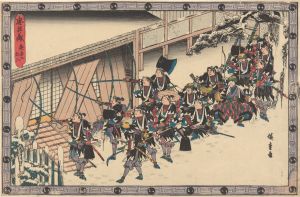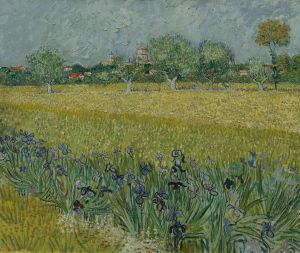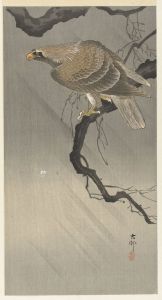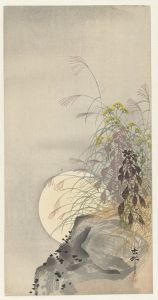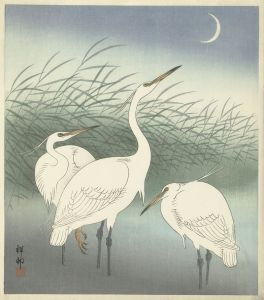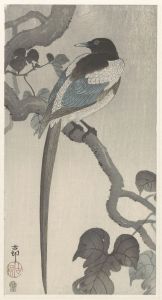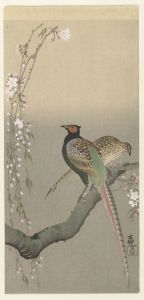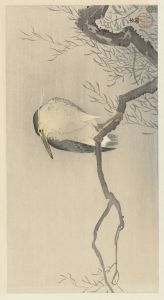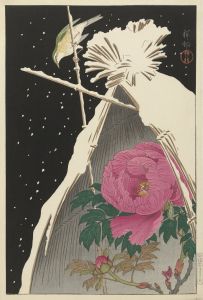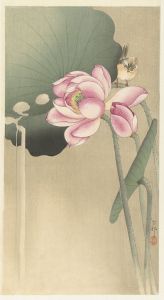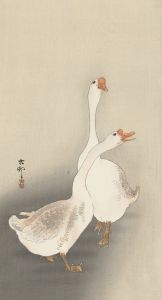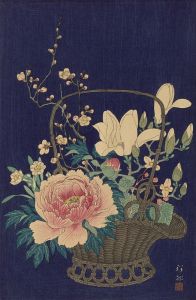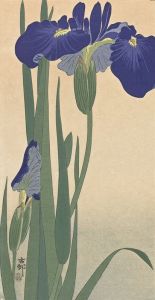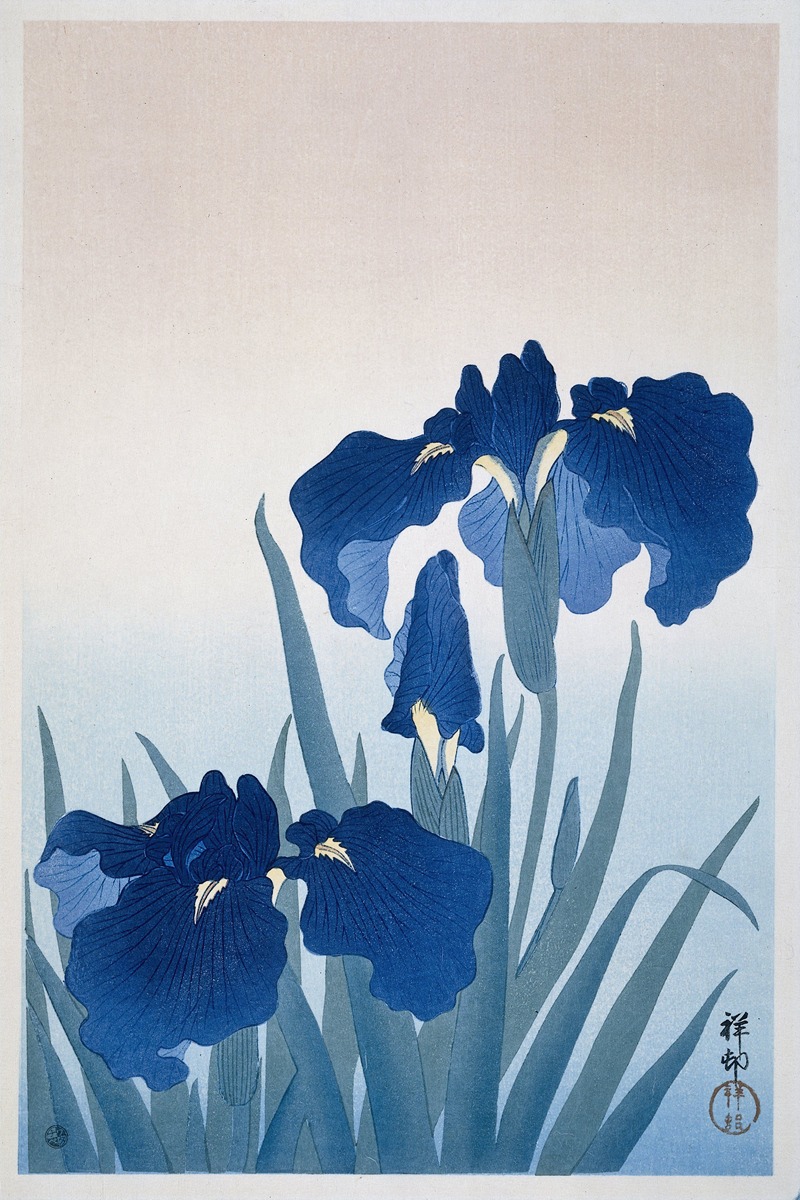
Irises
A hand-painted replica of Ohara Koson’s masterpiece Irises, meticulously crafted by professional artists to capture the true essence of the original. Each piece is created with museum-quality canvas and rare mineral pigments, carefully painted by experienced artists with delicate brushstrokes and rich, layered colors to perfectly recreate the texture of the original artwork. Unlike machine-printed reproductions, this hand-painted version brings the painting to life, infused with the artist’s emotions and skill in every stroke. Whether for personal collection or home decoration, it instantly elevates the artistic atmosphere of any space.
Ohara Koson (1877–1945) was a prominent Japanese artist known for his work in the shin-hanga movement, which revitalized traditional ukiyo-e art with a focus on natural subjects, particularly birds and flowers. One of his notable works is "Irises," which exemplifies his skill in capturing the delicate beauty of nature through woodblock printing.
Koson's "Irises" is a fine example of his ability to blend traditional Japanese artistic techniques with a modern sensibility. The piece typically features a serene composition of irises, showcasing their elegant forms and vibrant colors. Koson's attention to detail is evident in the way he captures the subtle variations in the petals and leaves, as well as the interplay of light and shadow. This meticulous approach is characteristic of the shin-hanga movement, which sought to bring a new level of realism and emotional depth to traditional Japanese prints.
The shin-hanga movement, active during the early 20th century, was a response to the decline of ukiyo-e in the face of Western influences and modernization. Artists like Koson sought to preserve the traditional techniques of woodblock printing while incorporating elements that would appeal to both Japanese and Western audiences. This included a greater emphasis on naturalism, the use of vibrant colors, and the exploration of new themes and compositions.
Koson's work, including "Irises," was particularly popular among Western collectors during the early 20th century. His prints were often exported to Europe and the United States, where they were appreciated for their exquisite craftsmanship and aesthetic appeal. This international interest helped to sustain the shin-hanga movement and ensured that Koson's work would be preserved and celebrated beyond Japan.
"Irises" reflects Koson's mastery of the woodblock printing process, which involves multiple stages of carving and printing to achieve the final image. Each color in the print requires a separate block, and the alignment of these blocks must be precise to ensure a harmonious composition. Koson's collaboration with skilled carvers and printers was essential to the success of his work, as it allowed him to focus on the design and artistic vision.
The subject of irises in Japanese art carries symbolic meaning, often associated with the arrival of summer and the transient beauty of nature. In "Irises," Koson captures this ephemeral quality, inviting viewers to appreciate the fleeting moments of beauty in the natural world. His work encourages a meditative appreciation of nature, a theme that resonates deeply in Japanese culture.
Overall, Ohara Koson's "Irises" is a testament to the enduring appeal of traditional Japanese art and the innovative spirit of the shin-hanga movement. Through his skillful depiction of nature, Koson invites viewers to engage with the beauty and tranquility of the natural world, bridging cultural and temporal divides with his timeless artistry.





